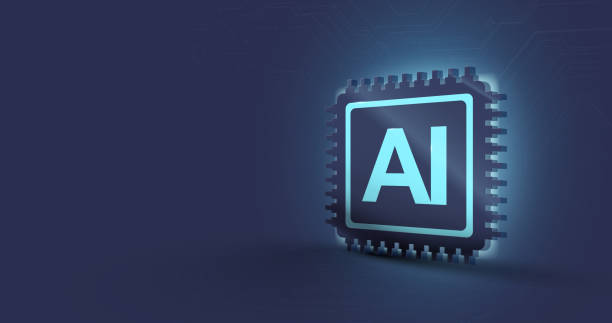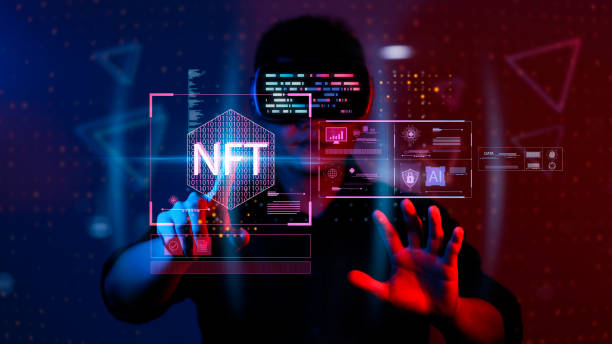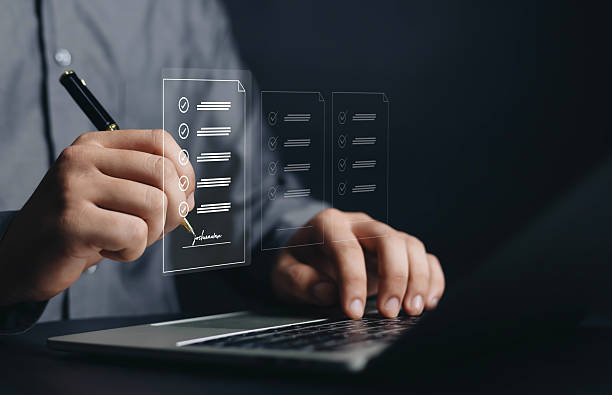What is an AI Robot and How Does it Work?

An #AI_Robot is a combination of two key concepts: robotics and #Artificial_Intelligence.
Simply put, an AI robot is a physical machine that, using artificial intelligence algorithms, is capable of performing tasks that traditionally require human intelligence.
These tasks can include learning, reasoning, problem-solving, natural language understanding, and interacting with the environment.
AI robots make decisions and take actions by receiving data through sensors and processing it using complex algorithms.
For example, an AI robot in a factory can use cameras to identify defective parts and remove them from the production line.
AI robots are used in various fields including industry, medicine, services, and education.
Machine learning algorithms help AI robots develop their skills and optimize their performance through experience and data.
In fact, AI robots are capable of making decisions and acting independently using sensory data and machine learning algorithms.
AI robots are used in various fields including industry, medicine, services, and education.
Machine learning algorithms help AI robots develop their skills and optimize their performance through experience and data.
Are you tired of your company’s website not being seen as it deserves, causing you to lose potential customers? Solve this problem forever with professional and effective website design by Rasavab!
✅ Increase brand credibility and gain customer trust
✅ Attract targeted sales leads
⚡ Contact us now for a free consultation!
Types of AI Robots: Review of Applications and Features
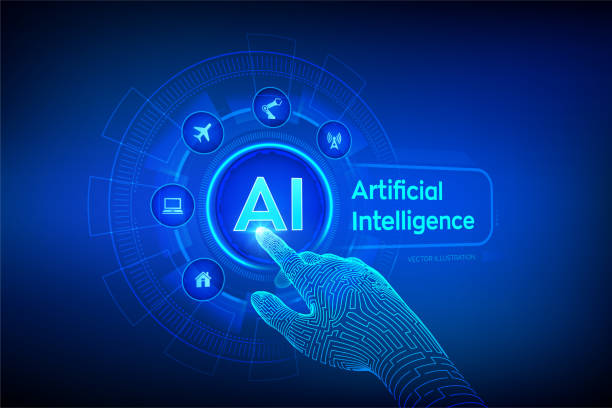
AI robots can be categorized based on their application, physical structure, and the type of artificial intelligence used in them.
In terms of application, we can name industrial robots, medical robots, service robots, military robots, and educational robots.
Industrial robots are used in factory production lines for repetitive and precise tasks.
Medical robots are used in precise surgeries and patient care.
Service robots provide customer service in hotels, restaurants, and shopping centers.
Military robots are used in reconnaissance and bomb disposal operations, and educational robots help teach complex concepts in schools and universities.
In terms of physical structure, robots can be in the form of robotic arms, mobile robots, humanoid robots, or even intelligent software.
AI robots are designed and built according to their application type and the environment in which they operate.
The type of artificial intelligence used in an AI robot also affects its performance and capabilities.
Some robots use simple machine learning algorithms to perform specific tasks, while others utilize deep neural networks for natural language understanding and more complex tasks.
Artificial intelligence enables robots to make better decisions by learning from data and adapting to different environments.
AI robots will revolutionize the future of technology and human life.
Advantages and Disadvantages of Using AI Robots: A Detailed Look

The use of AI robots offers many advantages.
Increased productivity, reduced costs, improved quality, enhanced safety, and the performance of dangerous tasks are among the most important benefits of using AI robots.
AI robots can work 24 hours a day without fatigue, thereby increasing productivity.
Furthermore, by reducing errors and increasing accuracy, they improve the quality of products and services.
On the other hand, the use of AI robots also has disadvantages.
Job displacement, high initial costs, the need for specialized expertise for maintenance and repair, and ethical concerns are among the drawbacks of using AI robots.
With the widespread use of robots, there is a possibility of losing repetitive and simple jobs.
Furthermore, purchasing and maintaining robots is costly and requires skilled specialists for their repair and maintenance.
AI robots also raise new ethical issues that need to be addressed.
The advantages and disadvantages of AI robots indicate that this technology should be used with a balanced approach and by considering all aspects.
AI robots have high potential to improve human life, but the challenges and concerns related to them must also be considered.
| Advantages | Description |
|---|---|
| Increased Productivity | 24-hour work without fatigue |
| Reduced Costs | Reduced errors and savings in human resources |
| Improved Quality | High precision and uniformity in production |
| Increased Safety | Performing dangerous tasks instead of humans |
Impact of AI Robots on the Job Market: Opportunities and Challenges

#AI_Robots have a significant impact on the job market.
On one hand, they can create new job opportunities in the fields of designing, developing, maintaining, and repairing robots.
On the other hand, they can lead to the loss of repetitive and simple jobs.
To face this challenge, we need to educate and empower the workforce for new jobs and the skills required in the era of AI robots.
Governments, companies, and individuals must collaborate to prepare the workforce for the future of AI robots.
Investing in education and developing new skills, creating new job opportunities, and supporting entrepreneurship in fields related to robotics and artificial intelligence are among the actions that can be taken to mitigate the negative effects of AI robots on the job market.
AI robots have high potential to improve human life, but their effects on the job market must also be considered.
With proper planning and policymaking, the benefits of AI robots can be realized, and their negative effects can be prevented.
Are you bothered by losing customers due to your online store’s outdated appearance or slow speed? Rasavab’s expert team solves these problems with professional e-commerce website design!
✅ Increase customer trust and brand credibility
✅ Dazzling speed and excellent user experience
Get a free consultation with Rasavab now ⚡
Ethics in AI Robots: Considerations and Responsibilities
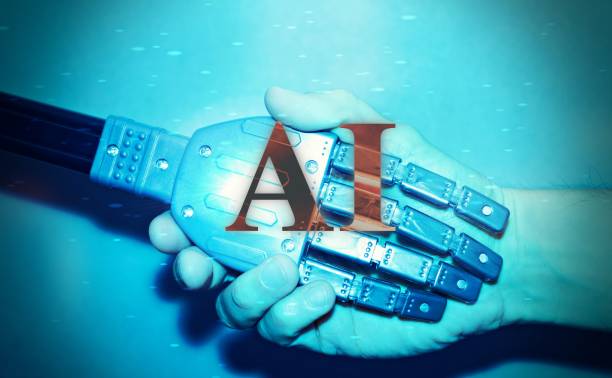
With technological advancements, AI robots play an increasingly important role in our lives, and the ethical issues related to them gain greater significance.
Questions such as the accountability of AI robots in case of errors, data privacy protection, discrimination and bias in algorithms, and the control of AI robots are among the important ethical issues that must be addressed.
AI robots should not cause harm to humans and must be designed and used in accordance with human values.
AI robot developers, policymakers, and users must be aware of the ethical issues related to AI robots and fulfill their responsibilities in this regard.
Establishing legal and ethical frameworks for the development and use of AI robots, public education on AI robot ethical issues, and encouraging the responsible development of AI robots are among the measures that can be taken to resolve ethical concerns surrounding AI robots.
Ethical issues in AI robots are highly complex and multifaceted, requiring discussion and exchange of ideas among experts, policymakers, and the general public.
Through cooperation and collective effort, AI robots can be used in a way that benefits everyone and preserves human values.
The Future of AI Robots: Predictions and Trends

The future of #AI_Robots seems very bright and exciting.
Significant advancements are occurring in the fields of machine learning, natural language processing, computer vision, and robotics, leading to the creation of smarter, more capable, and more adaptable robots.
AI robots will play an increasingly important role in our lives in the future and will have applications in various fields such as industry, medicine, services, education, and transportation.
It is predicted that in the future, we will see more humanoid robots capable of natural interaction with humans and performing more complex tasks.
Furthermore, it is expected that robots will become increasingly autonomous, capable of making their own decisions and taking necessary actions without human intervention.
AI robots will transform the future of human life and create new opportunities for progress and development.
However, attention must also be paid to the potential challenges and risks associated with the advancement of AI robots, and preparations must be made to address them.
AI robots have high potential to improve human life, but this technology must be used responsibly and with consideration of all aspects.
How to Design and Develop an AI Robot?
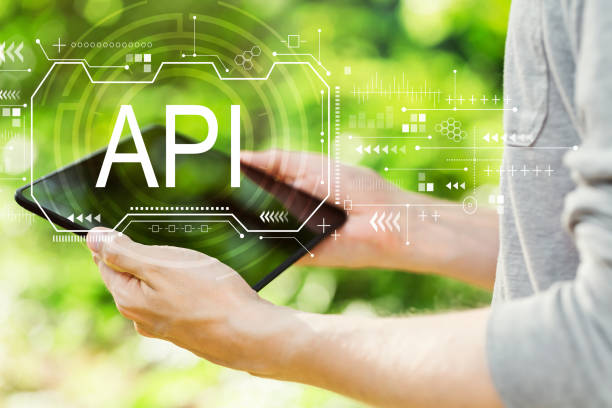
Designing and developing an #AI_Robot is a complex and multi-stage process that requires expertise in various fields including robotics, artificial intelligence, programming, and hardware engineering.
Initially, the purpose and application of the AI robot must be specified, and its requirements must be determined.
Then, appropriate hardware must be selected, and the necessary artificial intelligence algorithms must be designed and implemented.
After that, the AI robot must be tested and evaluated, and improved if necessary.
For the successful design and development of an AI robot, an expert and experienced team is needed that can manage this complex process effectively through collaboration and coordination.
Furthermore, advanced tools and technologies must be utilized, leveraging the latest scientific and technical achievements in this field.
Designing an AI robot is a major challenge, but with effort and perseverance, good results can be achieved.
| Stage | Description |
|---|---|
| Define Goal | Define robot application |
| Hardware Selection | Select appropriate components |
| Algorithm Design | Implement artificial intelligence |
| Testing and Evaluation | Review robot performance |
Most Popular Platforms and Tools for AI Robot Development
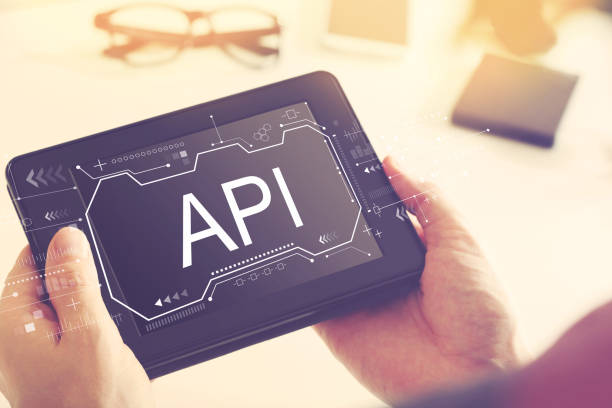
For developing #AI_Robots, various platforms and tools exist, each with its own features and capabilities.
ROS (Robot Operating System) is one of the most popular open-source platforms for robotics development, providing extensive features for hardware management, data processing, and communication between different components of an AI robot.
TensorFlow and PyTorch are two popular machine learning libraries that can be used to train AI models for AI robots.
OpenCV is an open-source computer vision library that provides various functionalities for processing images and videos and can be used in AI robots that need to understand their surroundings.
In addition, other platforms and tools are designed for developing specific AI robots.
For example, for developing humanoid robots, platforms like Choregraphe and Webots offer special features for controlling and programming robot movements.
The choice of appropriate platform and tools depends on the type of AI robot, its application, and the developers’ expertise.
By using the right platforms and tools, the AI robot development process can be accelerated, and its quality can be improved.
The selection of appropriate tools is crucial in the design and development of AI robots.
How much does losing business leads due to an unprofessional website cost you? Rasavab’s expert team solves this problem forever with professional corporate website design!
✅ Increase credibility and trust of potential customers
✅ Easier acquisition of new business leads
⚡ Get a free consultation now!
Challenges Facing AI Robot Developers
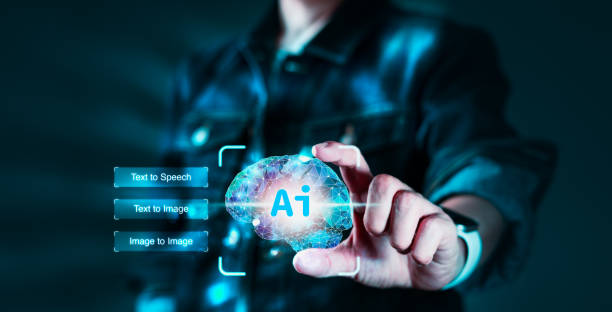
The development of #AI_Robots faces numerous challenges.
One of the biggest challenges is collecting and processing sufficient and high-quality data to train AI models.
AI robots require a large amount of data for learning and performing their tasks, and collecting and labeling this data can be time-consuming and costly.
Another challenge is ensuring the safety and reliability of AI robots.
AI robots must function correctly in various conditions and in the face of potential dangers, preventing harm to humans and the environment.
Furthermore, ethical issues related to AI robots also pose a significant challenge for developers.
AI robots must be designed in a way that aligns with human values and prevents discrimination and bias.
Additionally, developers must pay attention to data privacy and the accountability of AI robots.
Solving these challenges requires collaboration among experts, policymakers, and the general public.
With effort and perseverance, these challenges can be overcome, and safe, reliable, and ethical AI robots can be developed.
The safety and reliability of AI robots are paramount.
Case Study: Successful and Innovative AI Robots

A case study of successful and innovative #AI_Robots can be inspiring and educational.
The AI robot Atlas, a humanoid robot developed by Boston Dynamics, is capable of performing complex movements and maintaining balance in challenging conditions.
The AI robot Sophia, a humanoid robot developed by Hanson Robotics, is capable of natural communication with humans and expressing emotions.
The AI robot Waymo, a self-driving car developed by Waymo, is capable of safe driving without a human driver in various conditions.
These successful AI robots demonstrate that AI robots have high potential to solve problems and improve human life.
By studying how these AI robots are designed, developed, and used, valuable lessons can be learned and applied to the development of new and innovative AI robots.
Furthermore, case studies of successful AI robots can help identify new opportunities and application areas for AI robots.
AI robots like Atlas, Sophia, and Waymo are excellent examples of technology.
AI robot Waymo is an excellent example of technology.
Frequently Asked Questions
| Question | Answer |
|---|---|
| What is an AI robot? | An AI Robot is a machine capable of understanding its environment, reasoning, learning, and making decisions to perform tasks independently. |
| What is the difference between ordinary robots and AI robots? | Ordinary robots perform repetitive tasks based on pre-programming, while AI robots can learn from experience, interact dynamically with the environment, and even behave in a way that resembles human intelligence. |
| What are the main applications of AI robots? | They are used in industries (manufacturing, assembly), medicine (surgery, diagnosis), services (customer support, domestic), exploration (space, underwater) and many other fields. |
| What technologies are used in the construction of AI robots? | Machine Learning, Computer Vision, Natural Language Processing, Deep Learning, and Robotics are among the key technologies. |
| Can AI robots have emotions? | Currently, robots do not possess emotions in the human sense. They can identify and react to emotions, but they do not experience emotions themselves. |
| What are the main challenges in developing AI robots? | Safety, reliability, ethics, autonomy, adaptability to complex environments, and natural human interaction are important challenges. |
| How are AI robots trained? | They are usually trained using large volumes of data, machine learning, and deep learning algorithms to identify patterns and make decisions. |
| Examples of AI robots in daily life? | Smart robotic vacuum cleaners, customer support chatbots, self-driving cars, and surgical robots in hospitals. |
| Are AI robots a threat to human jobs? | Some repetitive jobs may become automated, but at the same time, robots can increase productivity and create new jobs in the development, maintenance, and supervision of these systems. |
| How is the future of AI robots predicted? | They are expected to become smarter, more autonomous, and capable of performing more complex tasks, engaging in closer interaction with humans in various environments. |
And other services of Rasavab Advertising Agency in the field of advertising
Smart Marketplace: A creative platform to improve customer acquisition with intelligent data analysis.
Smart Social Media: An effective tool for user engagement with the help of Google Ads management.
Smart Customer Journey Map: A creative platform to improve campaign management with marketing automation.
Smart SEO: An effective tool to increase sales with the help of real data.
Smart Advertising Campaign: Revolutionize click-through rates with precise audience targeting.
And over hundreds of other services in internet advertising, advertising consultation, and organizational solutions
Internet Advertising | Advertising Strategy | Advertorial
Sources
Comprehensive Guide to AI Robots on Zoomit
Digiato Articles on AI Robots
Applications of AI Robots on IT Iran
The Future of AI Robots on Sarv
? Are you ready for your business to grow in the digital world? Rasavab Afarin Digital Marketing Agency, with expertise in SEO, content marketing, and e-commerce website design, paves your path to success.
📍 Tehran, Mirdamad Street, next to Central Bank, Southern Kazeroun Alley, Ramin Alley, No. 6

